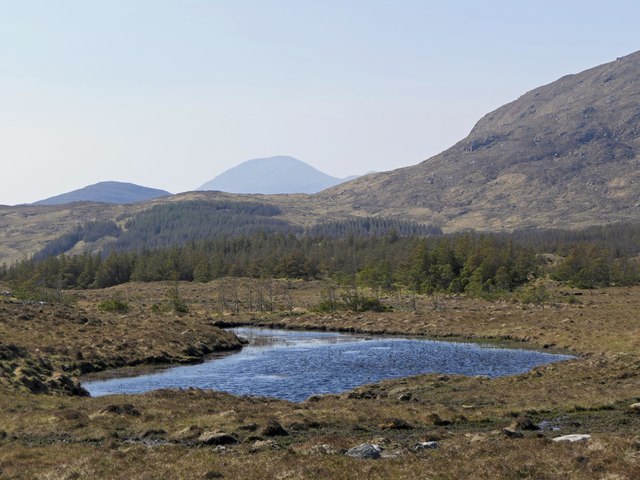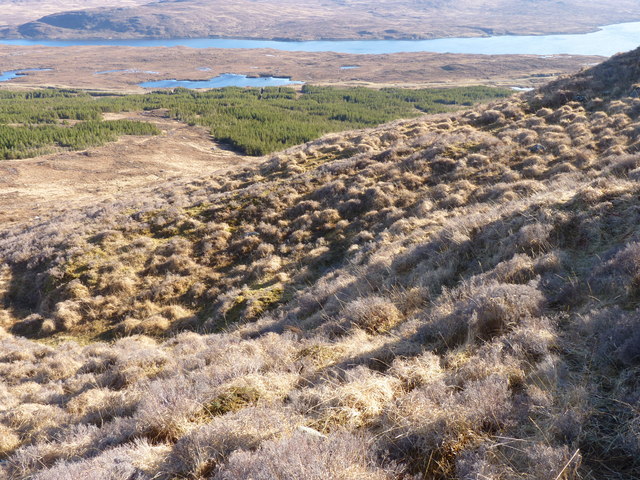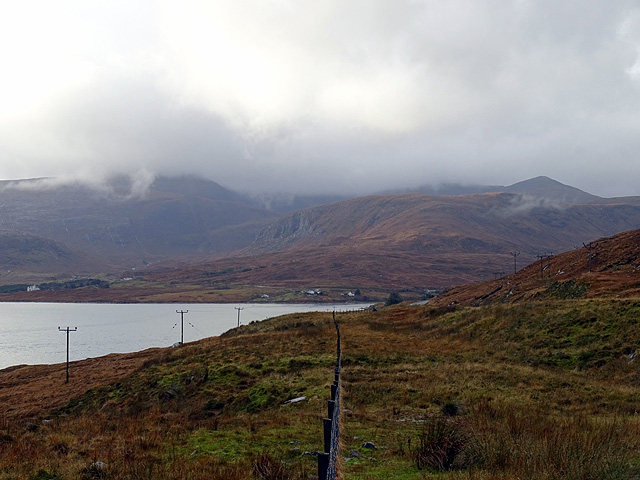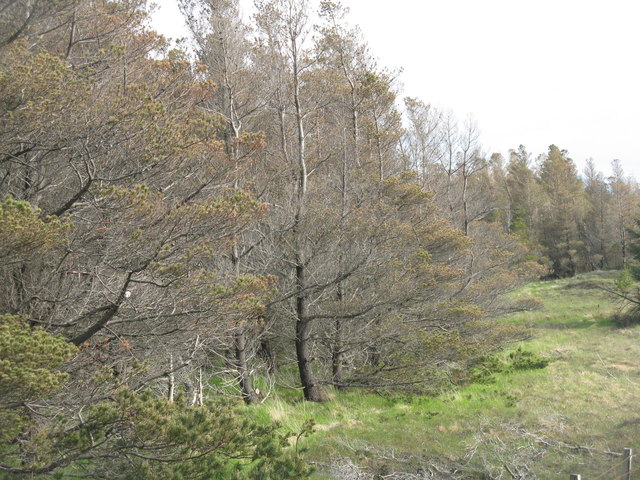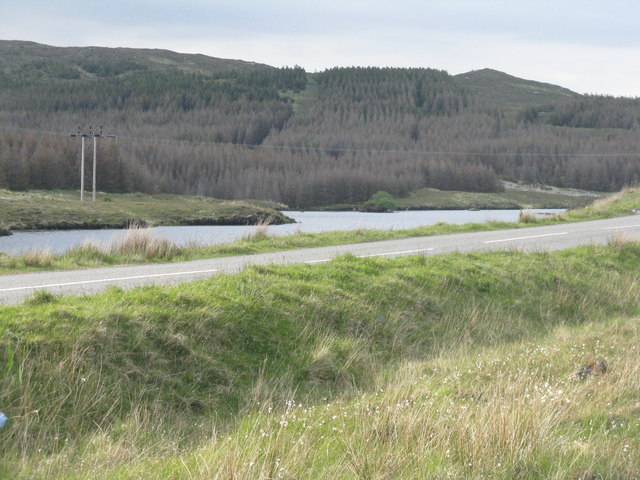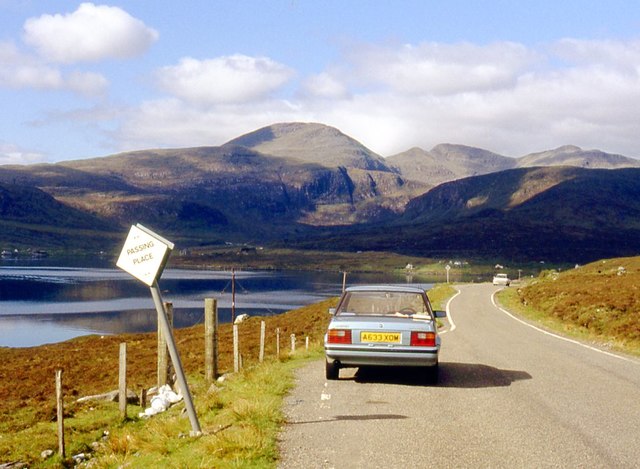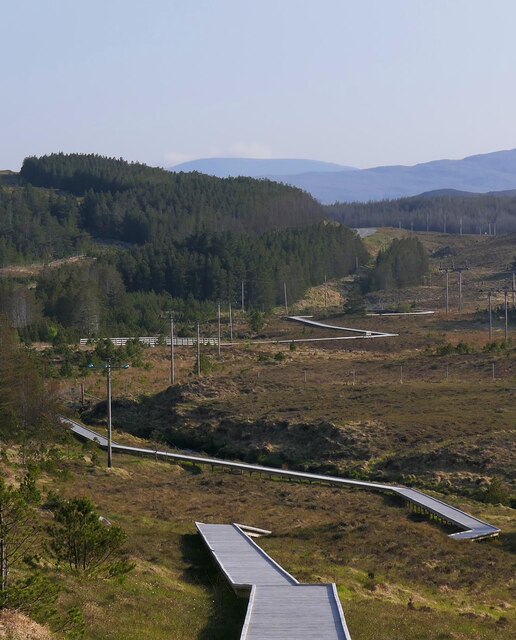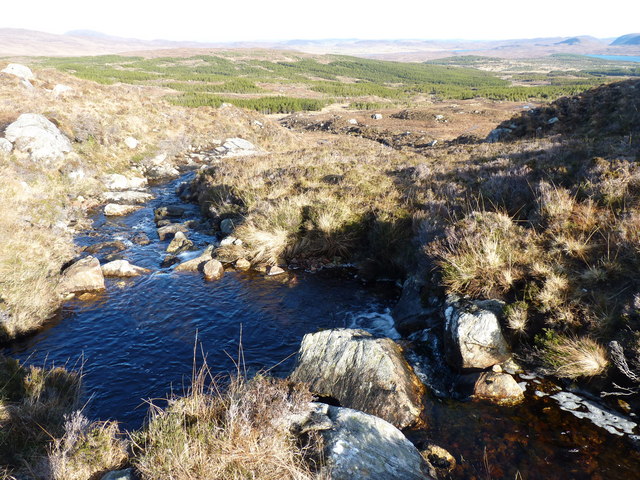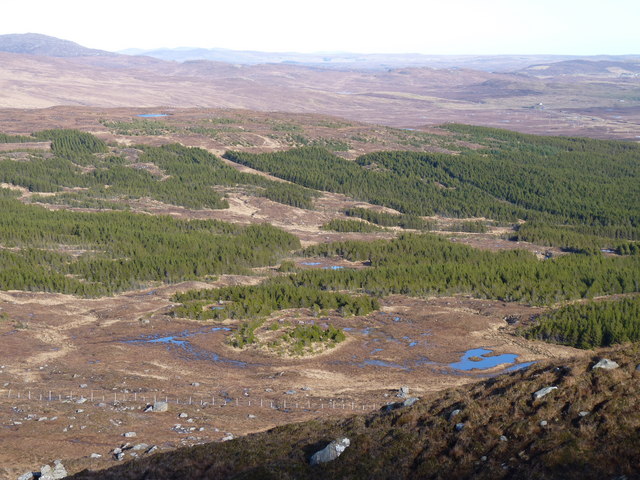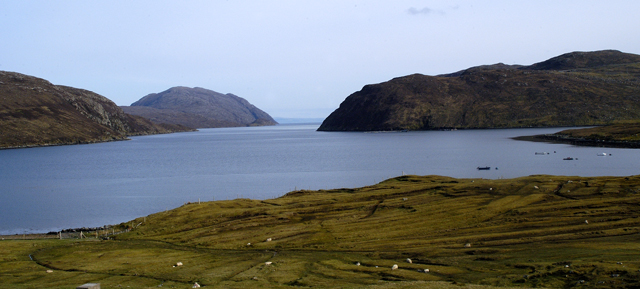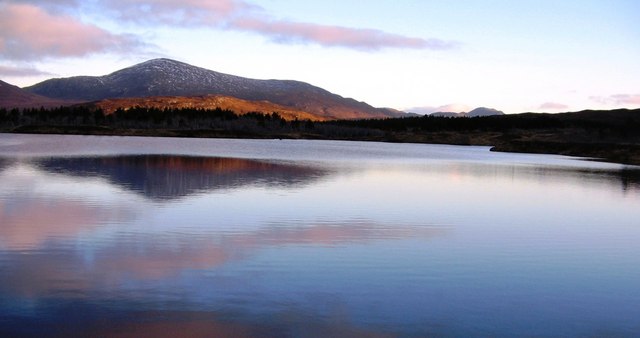Griamacleit
Hill, Mountain in Ross-shire
Scotland
Griamacleit
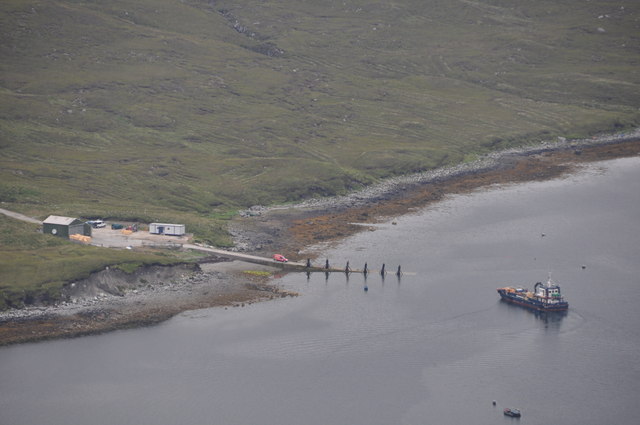
Griamacleit is a small hill/mountain located in Ross-shire, a historic county in the Highlands of Scotland. With an elevation of approximately 1200 feet (365 meters), it offers breathtaking panoramic views of the surrounding landscape.
Situated in the northern part of Ross-shire, Griamacleit is part of the vast mountainous terrain that characterizes the region, making it a popular destination for hikers and nature enthusiasts. Its rugged terrain and diverse flora and fauna provide a unique experience for visitors.
The hill/mountain is predominantly covered in heather and grasses, with scattered rocky outcrops adding to its picturesque beauty. Its location within the Scottish Highlands ensures that the weather can be unpredictable, with mist and fog often rolling in, creating an ethereal atmosphere.
Griamacleit is home to a variety of wildlife, including red deer, mountain hares, and a range of bird species. The area is also known for its rich archaeological history, with several ancient ruins and standing stones scattered around its slopes.
Accessible hiking trails lead to the summit of Griamacleit, rewarding visitors with stunning views of the surrounding mountains, lochs, and glens. It is advised to come prepared with appropriate clothing and equipment, as weather conditions can change rapidly.
Overall, Griamacleit in Ross-shire offers a serene and captivating natural environment, providing a memorable experience for those who seek to explore the beauty of the Scottish Highlands.
If you have any feedback on the listing, please let us know in the comments section below.
Griamacleit Images
Images are sourced within 2km of 58.029065/-6.7376237 or Grid Reference NB2014. Thanks to Geograph Open Source API. All images are credited.
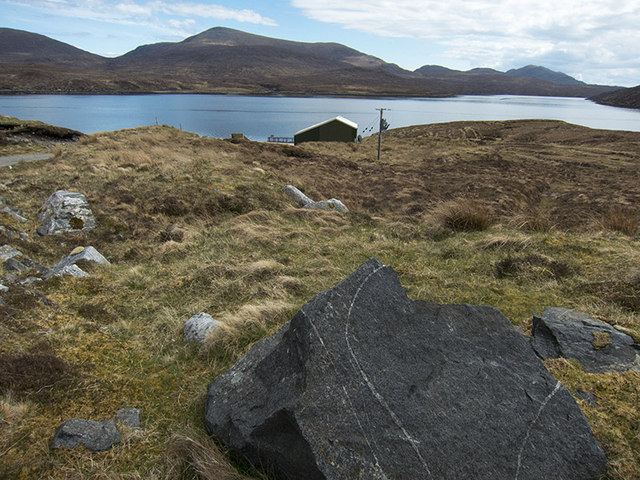

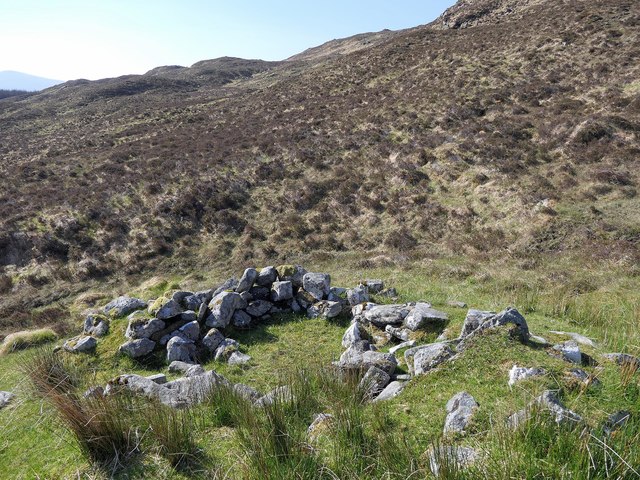
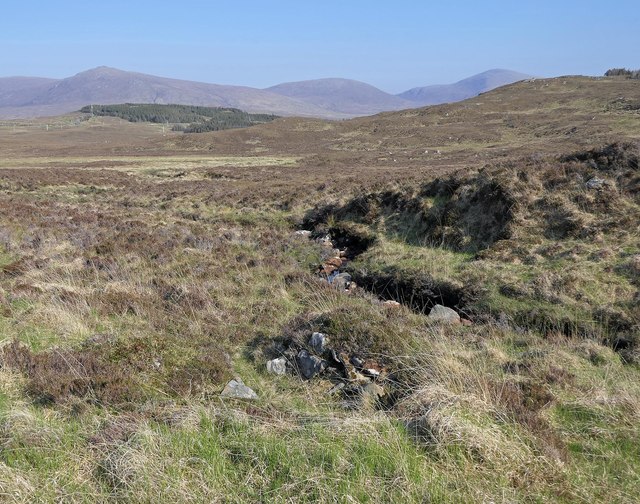
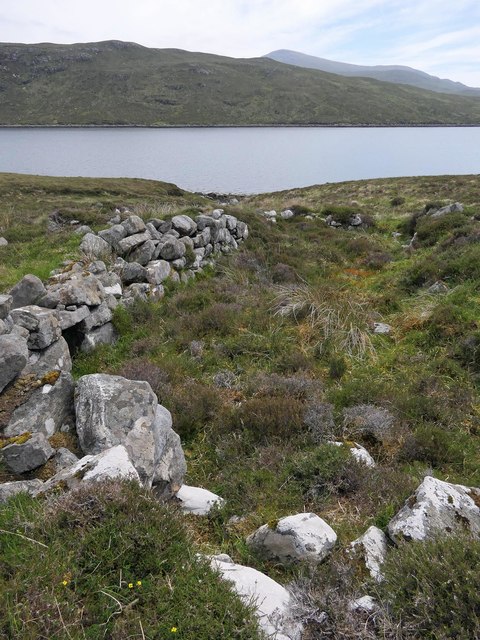
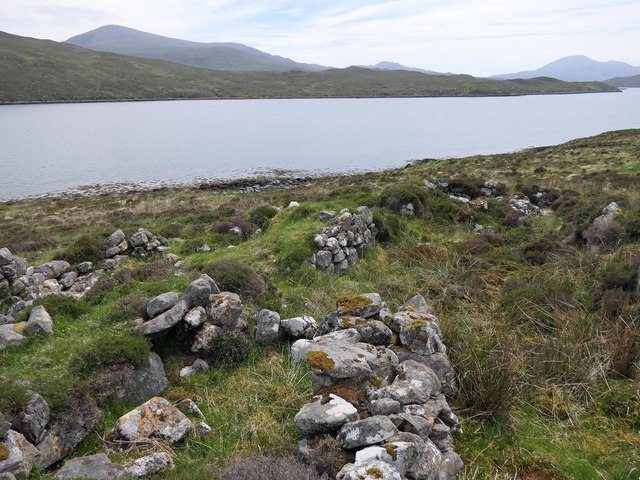
Griamacleit is located at Grid Ref: NB2014 (Lat: 58.029065, Lng: -6.7376237)
Unitary Authority: Na h-Eileanan an Iar
Police Authority: Highlands and Islands
What 3 Words
///breakfast.rinses.ombudsman. Near Tarbert, Na h-Eileanan Siar
Nearby Locations
Related Wikis
Seaforth Island
Seaforth Island (Scottish Gaelic: Eilean Shìphoirt/Shìophoirt or Mulag) is an uninhabited island in the Outer Hebrides of Scotland. Unlike many other...
Ardvourlie Castle
Ardvourlie Castle is a 19th-century country house on Harris, one of the Western Isles off the north-west coast of Scotland. The house was built beside...
Airidh a' Bhruaich
Airidh a' Bhruaich (Arivruaich - anglicised) is a scattered crofting township in the South Lochs district of the Isle of Lewis in the Outer Hebrides of...
Eilean Mòr, Loch Langavat
Eilean Mòr is an island in Loch Langavat on the Isle of Lewis in the Outer Hebrides of Scotland. == Footnotes ==
Nearby Amenities
Located within 500m of 58.029065,-6.7376237Have you been to Griamacleit?
Leave your review of Griamacleit below (or comments, questions and feedback).
